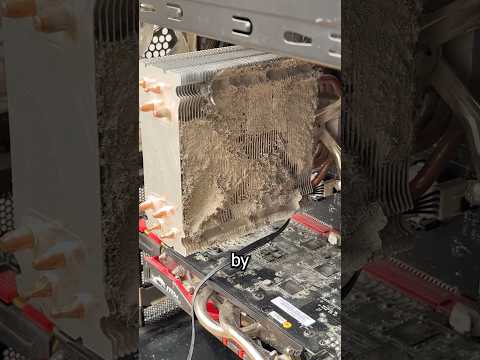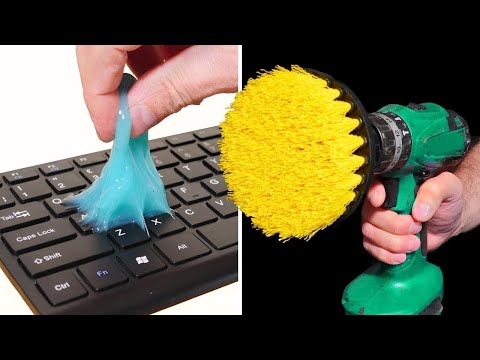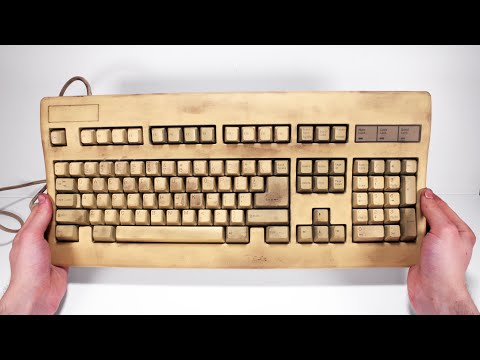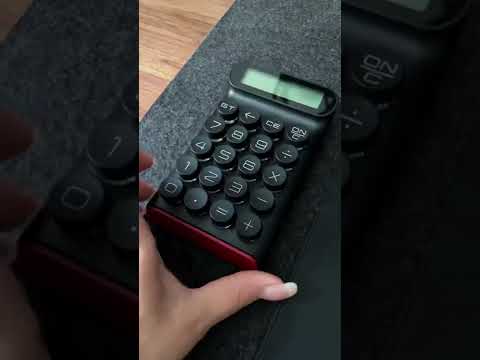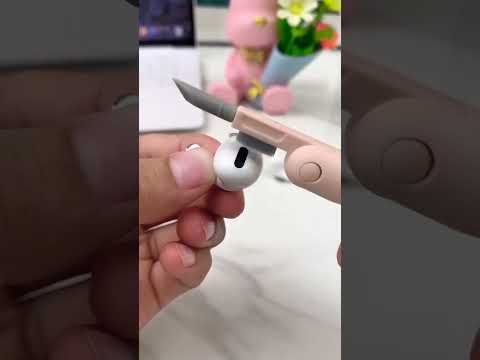Air vents play a vital role in ensuring proper air circulation and maintaining a comfortable environment within our homes or offices. However, over time, these vents can become clogged with dust and debris, negatively impacting the efficiency and air quality of our living spaces. This article will reveal the intricate process of deep cleaning air vents that have accumulated an astonishing 47 years’ worth of dirt.
When it comes to removing years of dust build-up from air vents, a thorough cleaning procedure is essential. This process typically involves three critical steps: inspection, preparation, and deep cleaning.
The first step in deep cleaning air vents is inspection. Trained professionals are required to assess the condition of the vent system thoroughly. They will visually inspect the extent of dust accumulation, which can provide valuable insights into potential air flow blockages or damage within the system.
Once the inspection is complete, it’s time for preparation. The area surrounding the air vents must be secured to prevent any potential damage caused by dislodged debris during the cleaning process. Furniture should be covered or moved away entirely to provide easy access to the vents. Protective gear such as gloves and masks should be worn to ensure personal safety while working with accumulated dust and potential allergens.
After adequate preparation has been carried out, it’s time for the most crucial step – deep cleaning. Cleaning experts employ various techniques depending on the nature of dust build-up and ventilation system design.
One common method applied is using compressed air to blow out accumulated dust particles from inside the vent system. High-pressure air dislodges stubborn dirt particles that have become attached to internal surfaces. This technique ensures effective removal without causing any harm to delicate components within the vent system.
In more severe cases where compressed air alone may not suffice, manual brush cleaning becomes necessary. Specialized brushes with long handles are used to reach deep into ducts and dislodge stubborn dust. This method ensures a meticulous cleaning process, leaving no dusty remnants behind.
As the final step in deep cleaning, powerful vacuums with HEPA (High-Efficiency Particulate Arrestance) filters are utilized to extract dislodged dirt from the vents. HEPA filtration is crucial, as it captures even the smallest particles, preventing them from being re-circulated back into the air during the cleaning process.
It is worth noting that deep cleaning air vents is not a DIY task. Professionals with the necessary skills and equipment should always be hired since improper handling can lead to further damage or inadequate results.
The benefits of regular air vent deep cleaning extend beyond maintaining a clean living space. Removing years of dust build-up allows for improved indoor air quality by eliminating potential irritants, allergens, and harmful particles from circulating through your ventilation system. Additionally, airflow is optimized, ensuring more efficient cooling or heating throughout your home or office, ultimately reducing energy costs.
In conclusion, deep cleaning air vents that have accumulated 47 years’ worth of dust is a demanding process that requires professional expertise. From thorough inspection to adequate preparation and specialized cleaning techniques using compressed air and brushes, every step must be meticulously performed for optimal results. By investing in this essential maintenance service, you can enjoy cleaner air quality and improved efficiency within your living or working spaces for many years to come.


